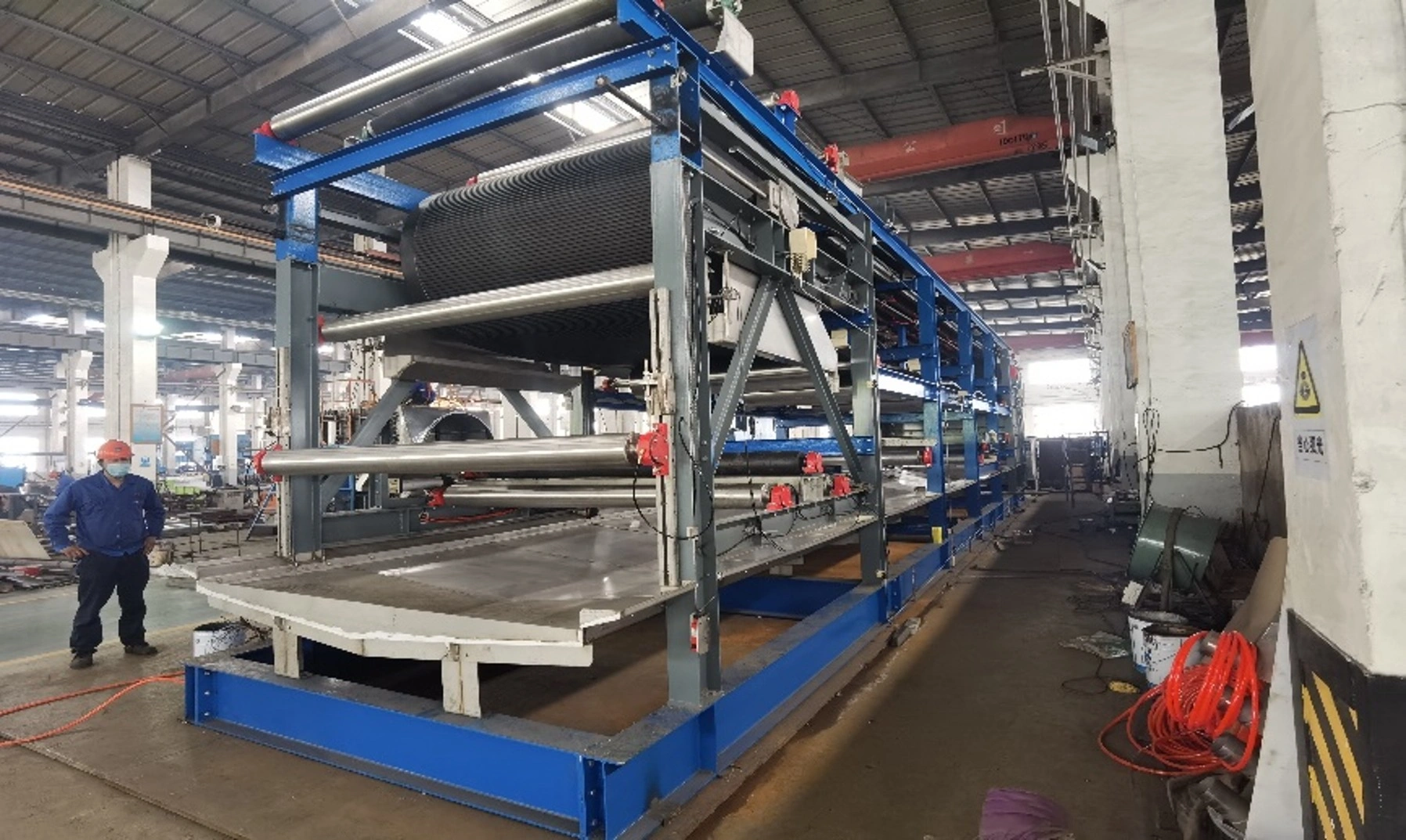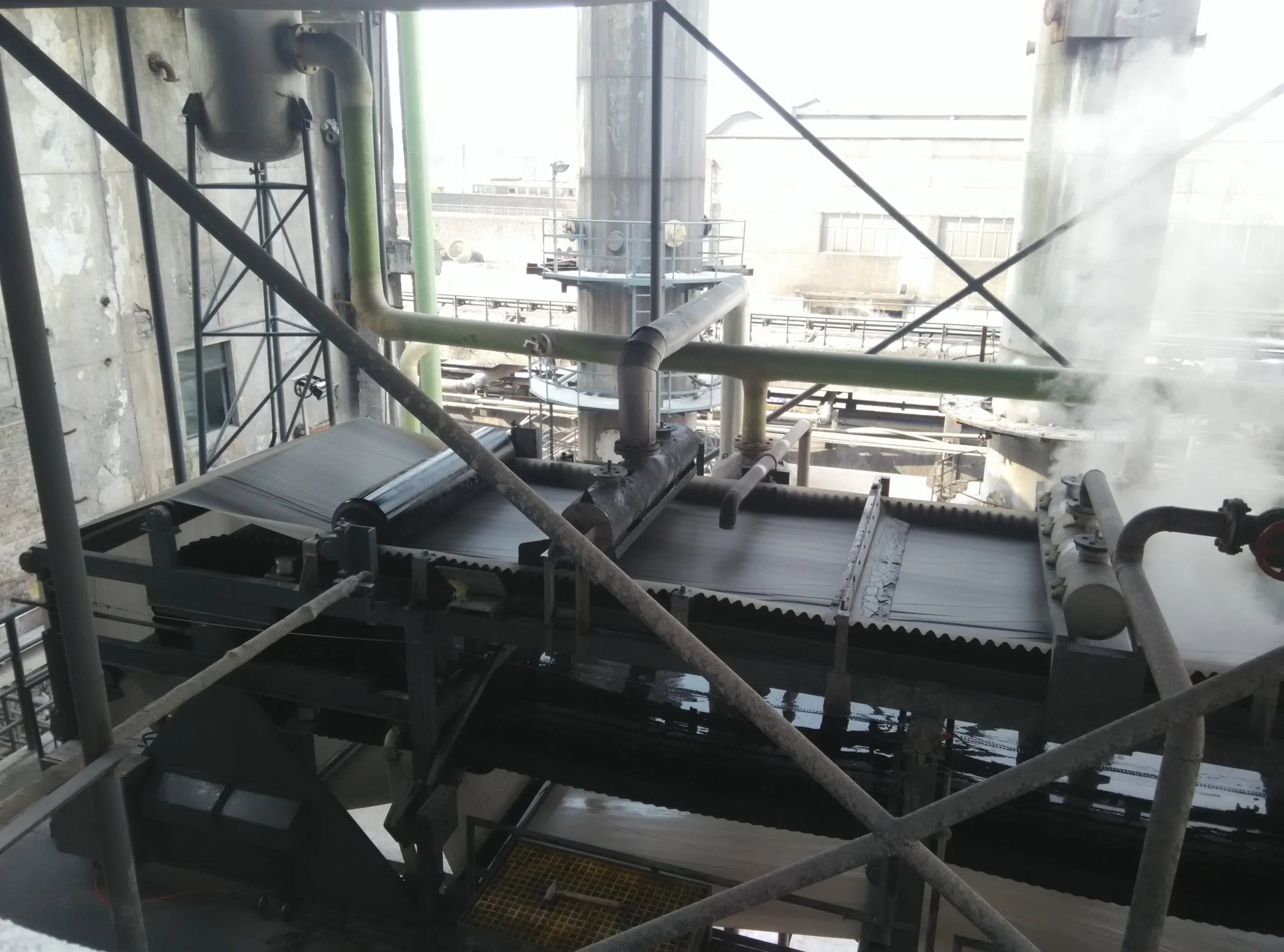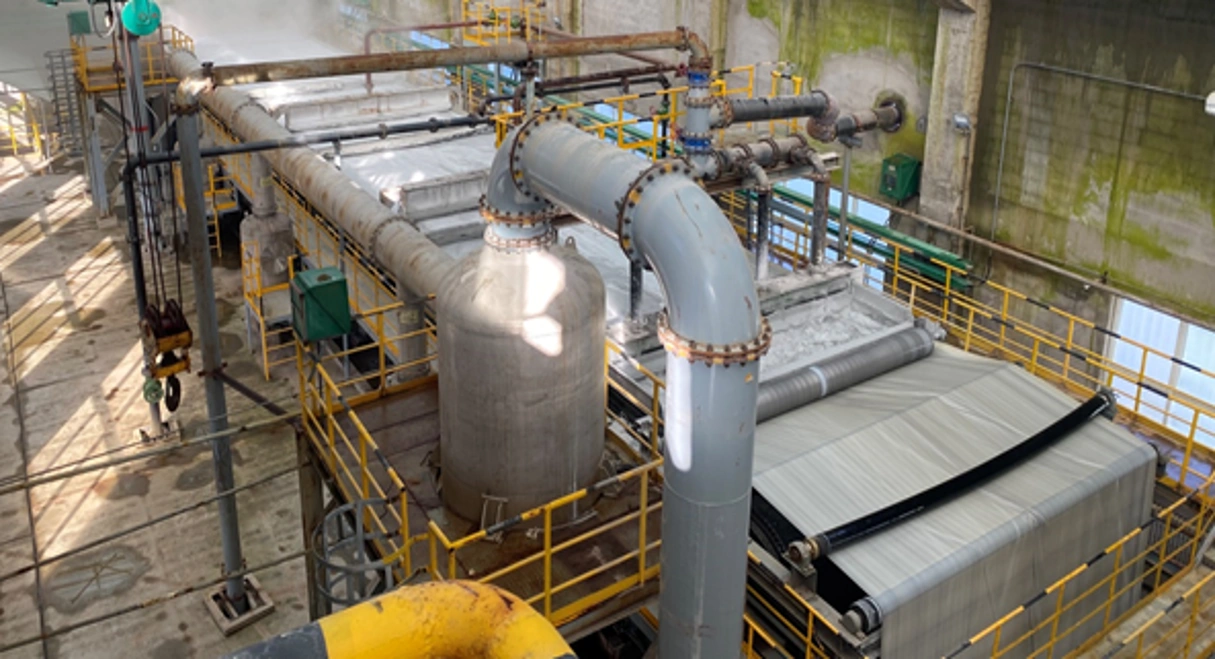Vacuum belt filters mark a big step forward in separating solids from liquids. They work non-stop and handle many jobs in factories. The horizontal rubber belt vacuum filter uses a loop of filter cloth that moves like a tank track. It pulls solids and liquids apart fast with help from vacuum pumps and gravity. Knowing how to care for these machines and how they run is key to getting the best results and making them last longer. This full guide looks at main parts, daily care steps, ways to fix problems, and plans to stop issues before they start.

Key Components of a Vacuum Belt Filter and Their Roles
The success of vacuum belt filtering comes from many parts that team up well. They keep the solid-liquid split going without breaks.
Structural Composition and Functional Overview
A long piece of filter cloth runs like a belt in the middle of the machine. It handles every step on its own: adding slurry, filtering, washing, dumping solids, and cleaning the cloth. The whole setup has vital pieces that make filtering smooth.
The belt setup is the base. Grooves with holes sit under the filter cloth. Slurry goes over it. A vacuum box below pulls air out. Liquid passes through the cloth, enters the grooves, flows from holes into the box, and then leaves from the bottom. This keeps vacuum steady and removes liquid all the time.
The frame holds everything up. It supports the full filtering system. This includes head and tail rollers, support rollers, belt holders, cloth straighteners, tension equipment, slurry spreaders, wash water sprayers, and more. Every part in the frame has a job. It helps keep things running well and filters clean.
Common Wear Points and Maintenance Priorities
The tela filtrante in a vacuum horizontal belt filter is the heart. How it works affects speed and how dry the cake gets. Checking wear spots often stops sudden stops and keeps things steady.
Key spots that wear include cloth joints, roller touches, and vacuum seals. The cloth faces pull from tension, chemicals, and rubbing. Seals on vacuum boxes break down from pressure changes and heat shifts. Drive parts take loads over and over, and this can tire them out.
Knowing these wear signs helps teams plan checks and swaps. Spotting wear early stops big chain breaks. It avoids high costs from surprise downtime.
Routine Maintenance Practices for Optimal Operation
Setting up clear care plans keeps vacuum belt filters running strong. It cuts breaks and makes equipment last longer.
Daily, Weekly, and Monthly Maintenance Schedules
Daily tasks watch how things run and spot issues fast. Workers look at the cloth with eyes, check vacuum numbers, see if liquid is clear, and note odd things. These quick looks catch small problems early. They stop hits to output.
Weekly care digs deeper into parts. Teams check if the belt stays in line, look at vacuum box seals, test wash systems, and review all settings. They clean what they can reach and make sure auto controls react right.
Monthly work covers full checks and fixes to stop trouble. This means close looks at filter cloth, tests on vacuum pumps, oil for drive parts, and deep cleans. These times allow small tweaks and part swaps. They block big breakdowns.
Filter Cloth Care and Replacement Guidelines
Good care and fixes can make the cloth last much longer. It cuts costs too. Cloth upkeep needs steady plans. They mix best output with low spending.
Light Check: Stop the machine now and then. Shine a light on the cloth back. Look from the front for odd bright spots or splits. This quick eye test shows if the cloth is whole. It finds weak spots before they hurt filtering.
Running Watch: Look for ongoing wet marks or damp bands on the cake in the same spots. These can mean cloth harm. Steady checks while running let you catch growing trouble fast. Then act right away.

Troubleshooting Performance Issues in Vacuum Belt Filters
Fixing problems well needs step-by-step ways. Find root causes and apply right fixes for top running.
Diagnosing Common Operational Problems
Issues show up as slower filtering, wetter cakes, or odd cake shapes. Start fixes by watching numbers. Then check specific parts.
Changes in vacuum often mean bad seals, hurt cloth, or weak pumps. Shifts in liquid quality may come from worn cloth, bad wash times, or changed feed. Uneven cakes point to belt drift, poor slurry spread, or local cloth issues.
Fix steps should follow clear paths. Remove one possible cause at a time. This finds the real problem. It stops needless part swaps that cost more without solving anything.
Solutions to Improve Filtration Efficiency
Some cakes need high-pressure water to clean off horizontal filters. This uses lots of water. Belt filters skip this water use. Boosts often come from tweaking what you have, not buying new.
Tune processes by changing vacuum strength, feed speed, and wash times to fit the material. These shifts can lift results a lot. No need for big money on new equipment.
Clean and set the system often to stay at peak. Use special cleaners when needed to bring back cloth flow. Set clean times to stop buildup. Dirt slows things down over time.
Extending Equipment Life Through Preventive Strategies
Plans to stop problems focus on fixing possible trouble early. Avoid costly repairs or swaps.
Lubrication and Mechanical Component Care
Auto oil systems grease key spots like filter seal tops and bottoms, support wheels, and drive gears. Right oil times stop early wear. They cut stress on vital parts.
Check bearings often and add grease. This keeps them smooth and stops expensive breaks. Change gear oil on schedule and check lines. This makes drives last and run steady.
Do mechanical looks often. Find issues before they fail. Include shake checks, line tests, and wear measures. These give early signs of trouble to fix.
Monitoring System Parameters with Automation Equipment
New vacuum belt filters use auto watch systems. They keep an eye on key running signs all the time. This leads to guess-ahead care. It times part swaps right and stops surprise stops.
Auto setups track vacuum, flows, motor power use, and work cycles. They spot trends before hits to work. Logs keep past data. This helps plan care and boost results.
Link watch systems to care platforms. This sets up active plans and uses resources well. It matches care to work times. And keeps system at best.
NHD: A Trusted Supplier of Industrial Filtration Equipment
The horizontal rubber belt vacuum filter from NHD builds on learning from like products at home and abroad. It is a fresh kind of high-speed, non-stop equipment for solid-liquid split. NHD made it for rubber belt filter needs. NHD stands as a top maker of vacuum filter systems. They have lots of know-how in factory uses.
Lots of know-how: Single units filter from 8 to 320 square meters. Over 1,000 units sold. Design goes to 380 square meters per unit. Max install is 320 square meters. This big base shows steady work and good results in many factory jobs.
Company new ideas fix common run troubles with better designs. Big move tension equipment, fast cloth tension response, low drift, and multi-level sprayers cut work and care effort a lot. These build improvements make running easier and need less care.

Summary of Key Maintenance Insights
The heart of vacuum belt filter cloth care is stopping trouble, checking often, and acting quick. Daily good care makes life much longer. Swap badly hurt cloth fast. This keeps filtering good and work safe. Strong care plans mix set checks with active part help and watch on results.Good vacuum belt filter care needs knowing how parts link and affect the whole. Often care stops small issues from growing big. It keeps best filtering and makes equipment last longer.
FAQs
Q1: What is the typical lifespan of a vacuum belt filter?
A: How long a vacuum belt filter lasts depends on run conditions, care ways, and job needs. With good care, the main equipment frame can work well for 15-20 years. But parts like filter cloth usually need swaps every 6-18 months. This changes with process and material types.
Q2: How often should the filter cloth be replaced?
A: Swap when big areas are hurt and fixes fail. Or when cloth stretches too much and tension does not work. Or when clog or rub is bad and cleaners can’t fix. Timing fits these and run needs. But often 6-18 months in normal use.
Q3: Can automation significantly reduce manual maintenance efforts?
A: Yes, auto systems cut hand work a lot. They give non-stop watch, auto cleans, and guess alerts. Equipment fits well to control cake thick, wash water, vacuum level, and run times. New auto setups cut hand steps by 60-80%. They make running steady and watch better.

